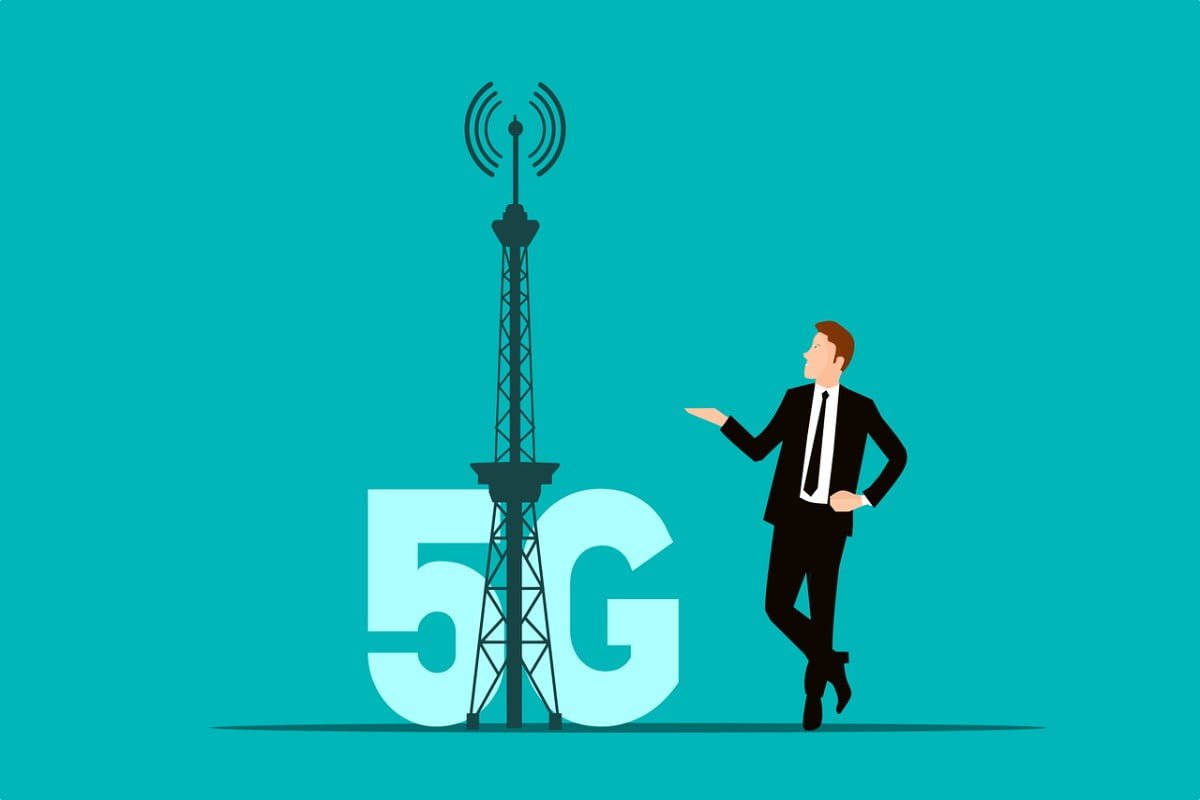With the introduction of 5G, mobile technology is now able to meet the needs of fixed-line services and prices for the first time. Fixed Wireless Access (FWA) gives network operators the ability to provide ultra-high-speed broadband to suburban and rural areas, serving residential and commercial applications where the cost of installing and maintaining fibre is prohibitive. The rollout of high-speed data services has been consistently hampered by the expense and complexity of providing fixed broadband. Although technologies like WiMAX have sought to avoid the local loop or stop the fibre trench, these projects have mostly failed due in large part to the fact that they required a brand-new overlay infrastructure and pricey proprietary equipment. In contrast, 5G Fixed Wireless Access (FWA) uses industry-standard 3GPP designs and standard mobile components to provide household subscribers and business clients with ultra-high-speed internet services.
Fixed-Line DSL and Cable Alternatives: 5G FWA
Network operators naturally want to spread the cost of setup and maintenance across as many applications as possible since the deployment of mobile 5GNR mmWave already necessitates the acquisition of new spectrum, right-of-way, easements, and use grants - closer to end users than we’ve previously witnessed. These microcells offer the ideal framework for offering nearly universal FWA coverage, in addition to enhancing Mobile Broadband (MBB) for consumers and supporting enormous low-latency IoT smart sensor grids for autonomous automation. As a competitive alternative to fixed-line DSL, Cable, and fibre across all markets, 5G FWA with New Radio (NR) in the millimetre wavelength (mmWave) can be used. Due to this, users in suburban and rural areas can now obtain the bandwidth needed to enable high-definition streaming services and high-speed Internet access. In emerging nations, where fixed broadband is now uncommon, Mason believes there will be a greater possibility for FWA. But in industrialised nations as well, FWA will start to compete with slower and more expensive wireline options. There is already evidence that there is a sizable potential market for enterprise connections all around the world. FWA might only be used to enable SD-WAN traffic bursting and backup in places where wired broadband connectivity is currently affordable and widespread. However, in other areas, the availability of FWA may address a more serious issue. Only 1 million of India’s roughly 51 million small companies have access to landline broadband connectivity, according to a recent Jio report. This drastically restricts India’s ability to grow economically as well as its own prospects for expansion. The global residential market, however, may present the greatest opportunity. Less than half of the 2 billion+ residences, according to ITU-T estimates, are covered by fixed broadband access technology. Nearly 90% of those households have access to 4G LTE services right now, and as 5G rollouts pick up speed, coverage might soon approach 60%. It is possible to swiftly and affordably supply an alternative to wired internet by using access in the lower bands of the wireless spectrum. 5G FWA can offer a level of service bandwidth capacity comparable to fibre optics in the millimetre wavelength range. Additionally, a larger user density is made possible by these narrow beams without producing interference. Although there is little mmWave penetration through conventional building materials, including newer varieties of glass, Customer Premise Equipment (CPE) with external antennas can significantly reduce signal deterioration. These might still be easily self-installed by a business or residential subscribers, unlike wired local loops.
